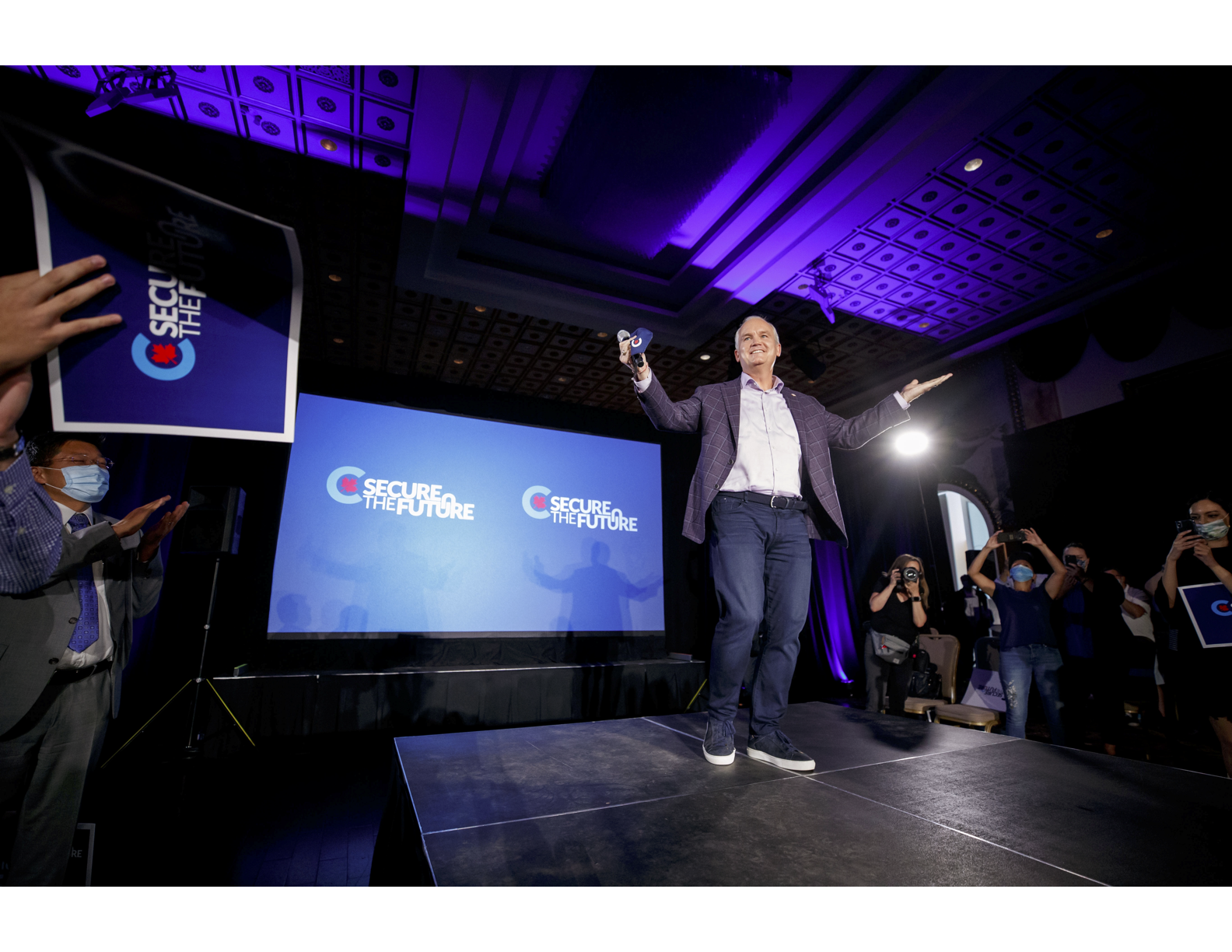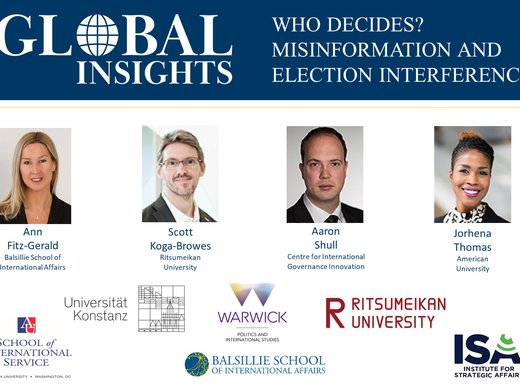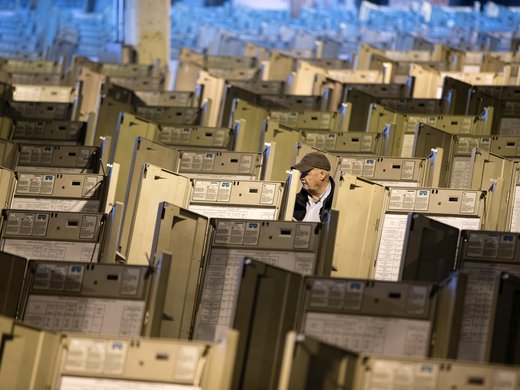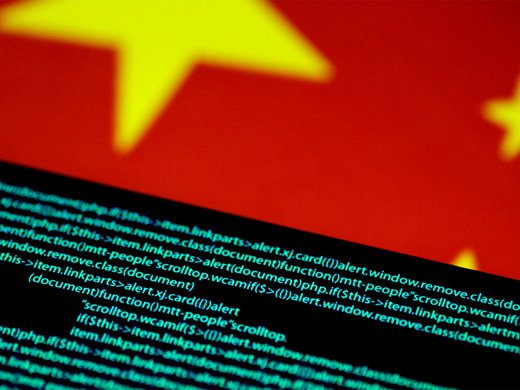Foreign threats to Canada’s democratic processes — elections, and the political infrastructure around them, such as politicians, political parties and voters — are increasing. This is the stark message behind two reports from Canada’s intelligence community, the Communications Security Establishment (CSE) and the Canadian Security Intelligence Service (CSIS) released in July 2021. It suggests that during the current election, politicians and voters can expect to encounter a range of threat-related activities that seek not only to influence its outcome, but also to disrupt faith in democracy itself.
Reports on foreign interference in Canada are still relatively new. The CSE’s report is the third to provide a look at cyber threats to democratic processes (following versions in 2017 and 2019). Additionally, the report from CSIS is its first to outline how foreign interference (also called foreign-influenced activities) targeting democratic processes works offline. Malicious actors engage in bribery, blackmail, threats, flattery and social engineering, financial compensation and exploitation of community ties to attempt to sway outcomes or alter voting behaviour.
Together, the two reports outline several key trends that security and election officials will be monitoring, if not countering, during the next federal election. For example, the CSE writes that mitigation measures put in place during elections held in Canada and abroad during the COVID-19 pandemic have increased the “threat surface” (the number of opportunities for malicious activities) as traditional campaigning has given way to online activities.
Also, both reports document the change in the ways state actors are targeting democratic processes, noting that they are now sighting their attacks on the legitimacy of elections. Although many may still expect a 2016-style influence campaign that aims to support one candidate over another, it is the very notion of free and fair elections that has increasingly become the target. While many of these damaging narratives are domestic in their origin, the CSE report says that foreign actors also play a role, for example, as they did in amplifying and spreading “false or inflated claims about alleged compromises of voting systems to undermine confidence in the electoral process and results” during and after the 2020 US presidential election, the impacts of which continue to affect the United States today.
The impact in Canada of the campaign to discredit US electoral integrity — a campaign its opponents call “the Big Lie” — is largely experienced as a kind of “collateral damage.” Given that Canadians tend to follow international — in particular, American — accounts, these narratives can resonate with some citizens who adapt them to a more local context. The CSE report quotes a study that found that Canadian Twitter accounts retweeted 10 tweets from US-based users for every tweet retweeted from a Canadian user. The sway of disinformation targeting US social media is felt in Canada.
However, both the CSE and CSIS note that the impacts of foreign interference in democratic processes go beyond elections themselves. Rather, they should be understood in terms of being short, medium and long-term goals. In the short term, foreign interference campaigns can amplify divisiveness, suppress voter participation and harm confidence in the outcome of an election. In the medium term, they can discredit democratic institutions generally, including the media, and promote the interests of adversarial states. And, in the long term, campaigns can create splits in international alliances, and damage social cohesion. Cumulatively, the strategic goal is to disrupt and damage democratic states in ways that typically benefit authoritarian states.
If there is any good news in these reports, it is that Canada is not a leading target for foreign interference. According to the CSE, the leading targets are European countries, the United States and Ukraine. However, given concerns about the collateral damage of misinformation and disinformation, even when it is aimed elsewhere, Canadian authorities understandably remain concerned. Moreover, although it is hard to evaluate whether such campaigns are truly successful, given that the tools to engage in foreign interference are relatively inexpensive, we should expect it to remain a threat in the future.
The worse news is that actors who engage in foreign interference are able to learn and adapt their techniques quickly. Developments in artificial intelligence that can produce extremely realistic fake media (text, images and videos) in near-to-real time will likely muddy the waters further. This technology could be particularly damaging if state actors were to use it to produce deepfakes that could “mimic the tone, inflection and idiosyncrasies of candidate or poll workers.” Such a tactic, unleashed just before or on election day, would be likely to produce confusion, anger and uncertainty within the voting public.
Finally, it is worth noting that the federal government believes that foreign interference is a significant enough threat to issue two reports on the topic this year. Prior to 2016, it’s likely few Canadians were familiar with the idea of foreign interference. The notion that the intelligence community should work closely with democratic institutions, such as Elections Canada, was largely anathema; spies and election officials have always been considered strange bedfellows. But the fact that we now want these two institutions collaborating is a sign of just how fast the threat landscape has changed in five years. Concerns that our democracy may be at risk from malicious state actors has overcome certain norms about keeping national security at arm’s length from elections.
To help manage the risks of disinformation, the Canadian government has created the Security and Intelligence Threats to Elections (SITE) Task Force to protect federal elections from foreign interference. The SITE Task Force includes CSE, CSIS, Global Affairs Canada and the Royal Canadian Mounted Police and shares intelligence with a non-partisan panel of senior public servants. Should a "foreign influence event" be detected and deemed serious enough to meaningfully impact the outcome of an election, the non-partisan panel will decide whether to release a public warning.
However, this electoral infrastructure has yet to be publicly tested. And while reports from the intelligence community provide important information about the threat of foreign influence, the intelligence community has yet to say much about how they mitigate it. Given US social media’s sway over Canadian users, and rampant disinformation about the “deep state,” Canada’s government and intelligence community have every incentive to provide this transparency.



